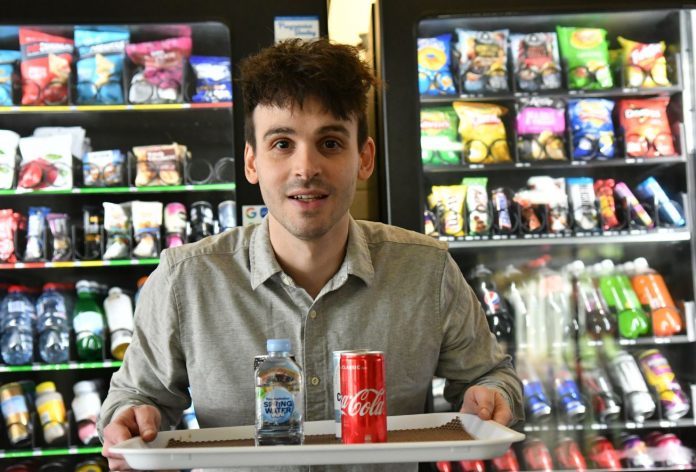Fancy a drink? New research into the link between cravings and consumption for non-alcoholic beverages indicates that cravings may be a target for reducing people’s soft drink consumption.
The findings are significant, with soft drink consumption increasing rapidly over the past 50 years to become a major public health problem.
“It is important to investigate this link because cravings could be a potential target for helping people reduce how much they drink, with both soft drinks and caffeine having the potential to cause health issues if over-consumed,” says Flinders University PhD student Joshua McGreen, who led the study.
Counting cravings
Published in the journal Eating Behaviours, the study analysed data from 128 participants aged between 17 and 25 years old, who completed a craving diary and daily consumption measure over a one-week period.
The study found the number of cravings a person experiences can indicate how many soft drinks they would eventually drink, with cravings triggered by a number of factors beyond thirst.
“For soft drinks, the craving triggers were predominantly external, including advertising or seeing other people drink, so this is potentially where we could turn our focus to if we are to reduce global soft drink consumption and reap the public health benefits,” says Mr McGreen.
Cravings were reported for a range of beverages, including tea, juice and flavoured milk, but by far the most craved drinks were water, coffee and soft drink.
Craving water
Water was both the most craved beverage and the most consumed, with thirst being the most common trigger.
“Although water may not be considered a substance that is typically craved, the participants clearly experienced a strong desire to consume it, in line with the World Health Organization’s formal definition of craving,” says Mr McGreen.
“However, the number of cravings for water during the week did not indicate how much would be drunk. Instead, that was predicted by how much participants liked water and whether they were male.”
The paper, ‘Beyond thirst: Cravings for non-alcoholic beverages including soft drink’ by Joshua McGreen, Eva Kemps and Marika Tiggemann, is published in the journal Eating Behaviors. DOI: 10.1016/j.eatbeh.2022.101662.








